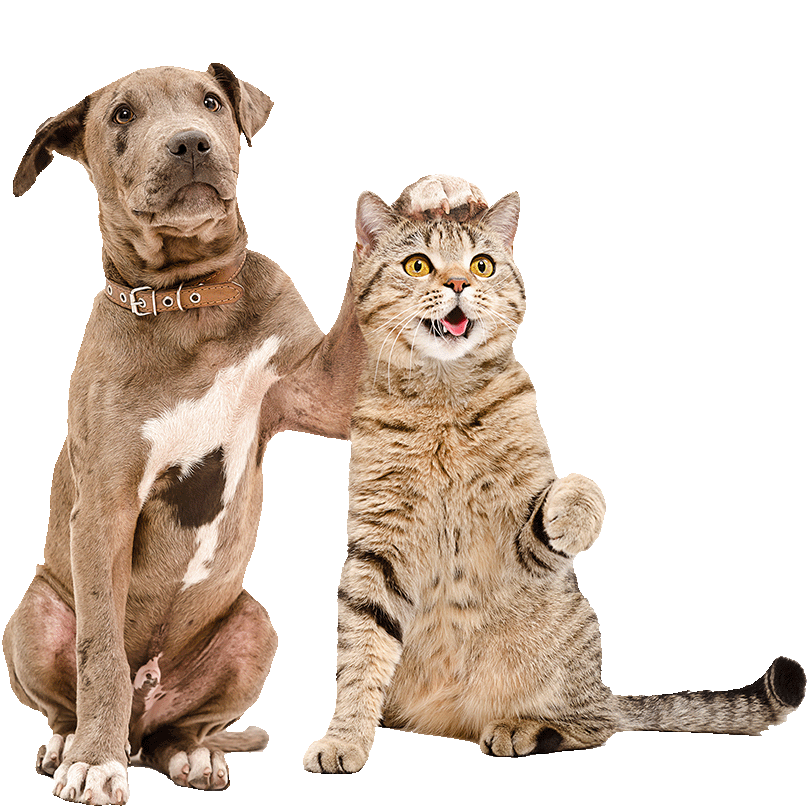All cat conditions Articles
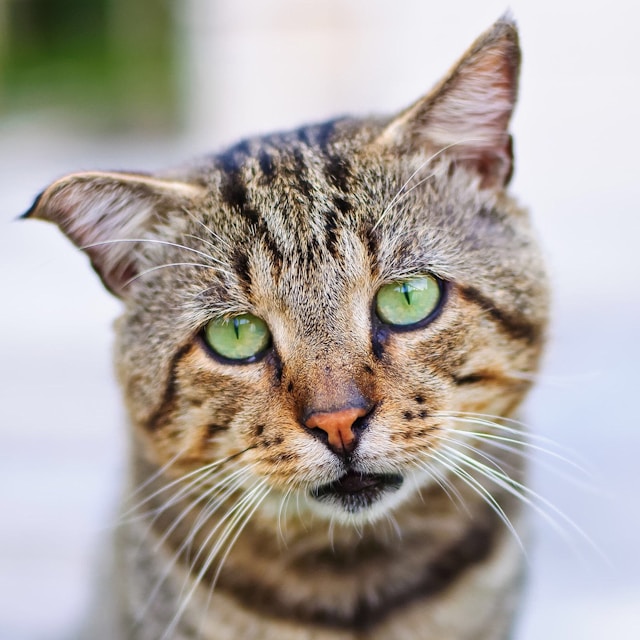
5 Alternative Treatments Enhancing the Lives of Aging Pets
Detecting health issues early and starting treatment right away can greatly improve your pet’s quality of life. Here are five innovative alternative treatments that vets are using to help aging pets stay healthy and comfortable:
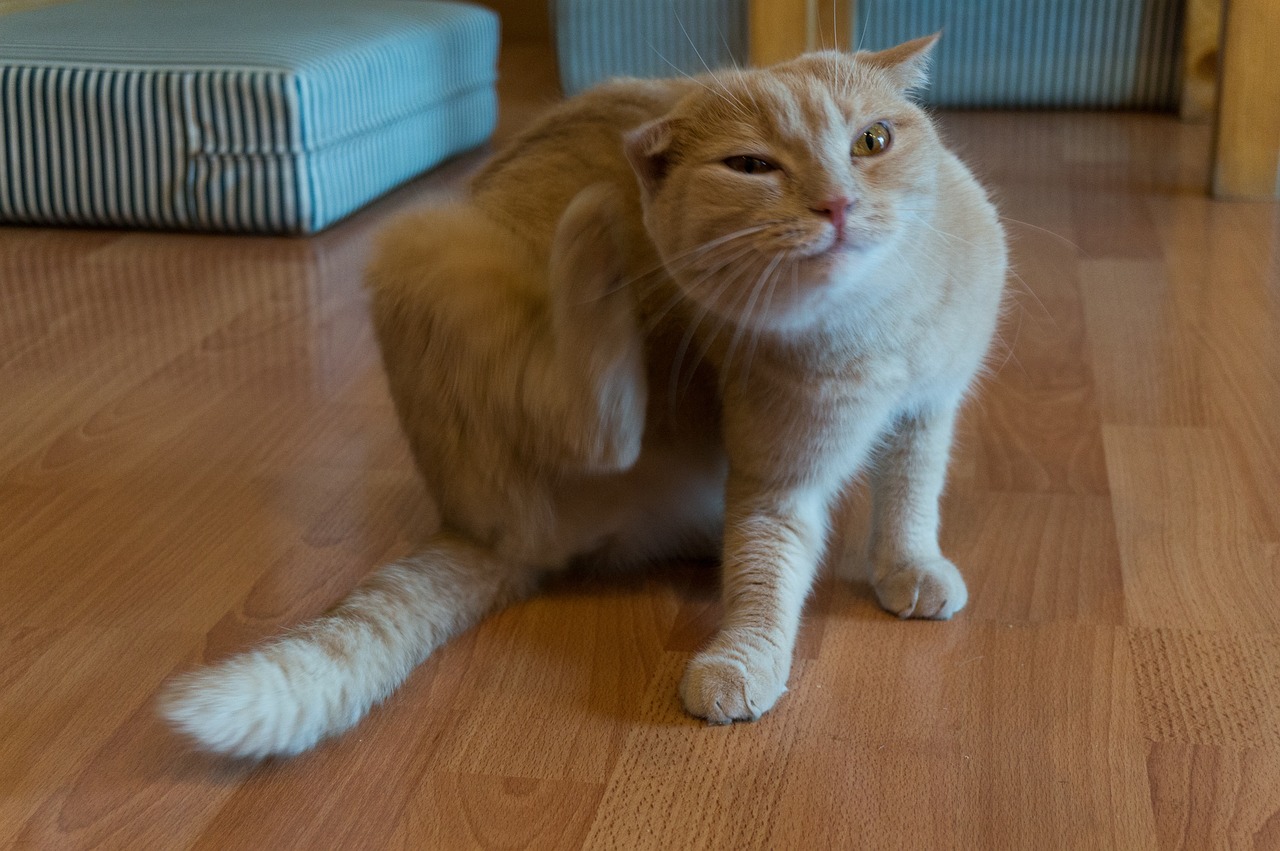
Flea Prevention 101
According to the American Pet Products Manufacturers Association, the average pet owner spends close to $200 on flea and tick control each year. In fact, about 70% of pet parents in the U.S. take steps to prevent flea infestations, using products like topical treatments, oral medications, flea collars, and shampoos to keep their pets protected.
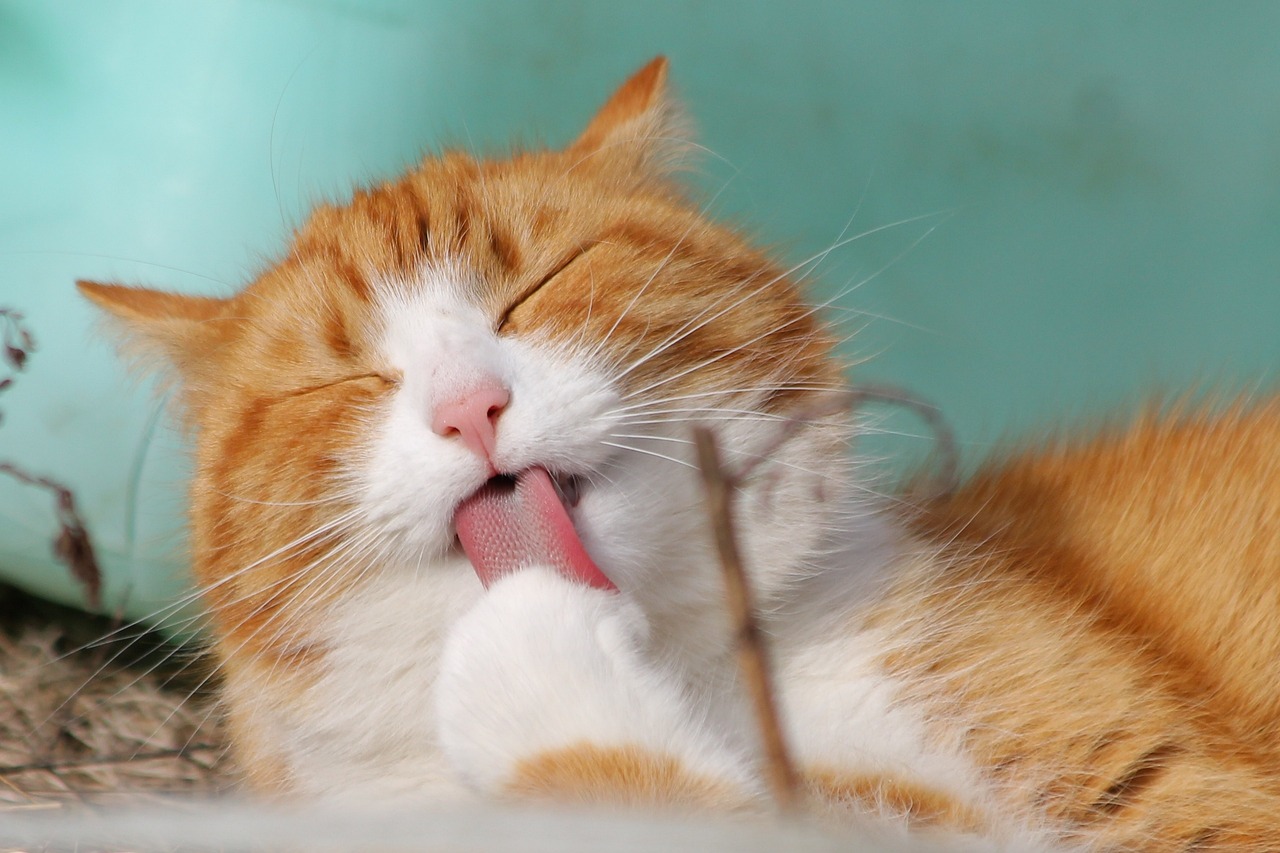
Hairballs and Health in Cats
Cats often get hairballs because they groom themselves frequently. As they lick their fur, they swallow loose hairs, which can build up in their stomachs and form a ball. Most of the time, these hairballs pass through their system without any issues. However, sometimes a cat might struggle to get rid of one, causing them to cough or gag in an attempt to expel it.
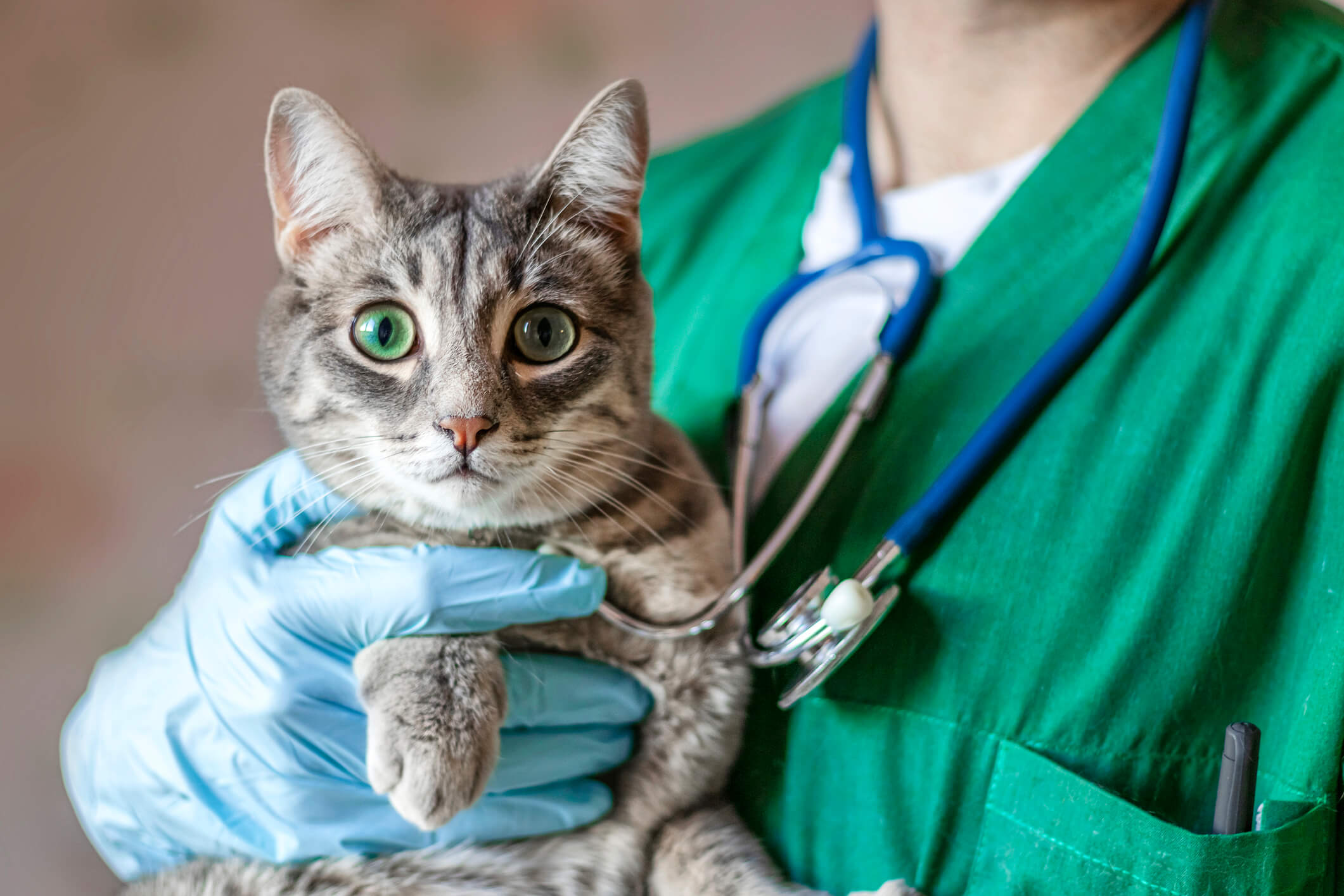
Real Reasons Behind Cat Vomiting
As a veterinarian, one of the key questions I ask cat owners during a check-up is about their cat’s vomiting habits. The answers I get are always different—some say it happens occasionally, while others are more concerned about frequent episodes.
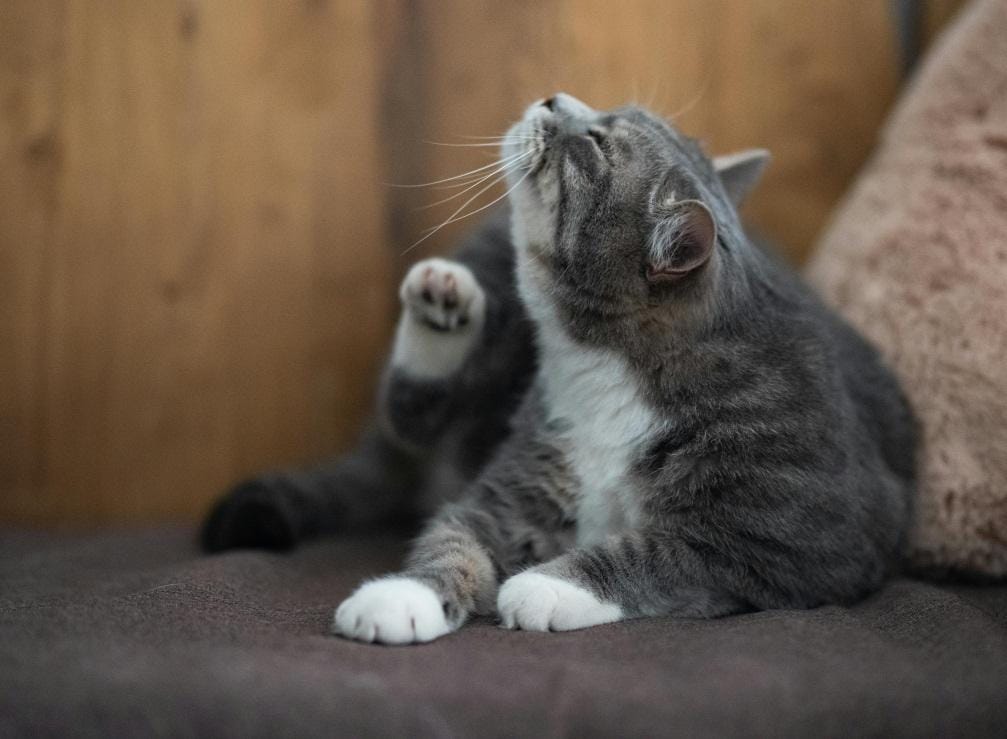
Skin Diseases for Cats that Require Regular Vet Visits - Make Sure Your Furry Little Friend is Insured
Cats have a reputation for being independent and mysterious, but beneath that cool exterior, they can be quite vulnerable—especially when it comes to their skin. Skin issues in cats are more common than you might think and can cause discomfort if left untreated. That’s why it’s important to keep an eye on any changes, schedule regular vet check-ups, and consider pet insurance to help manage unexpected health concerns. Keeping your feline friend happy and healthy starts with paying attention to the little things!
Get insurance plans with wide-ranging coverage options
